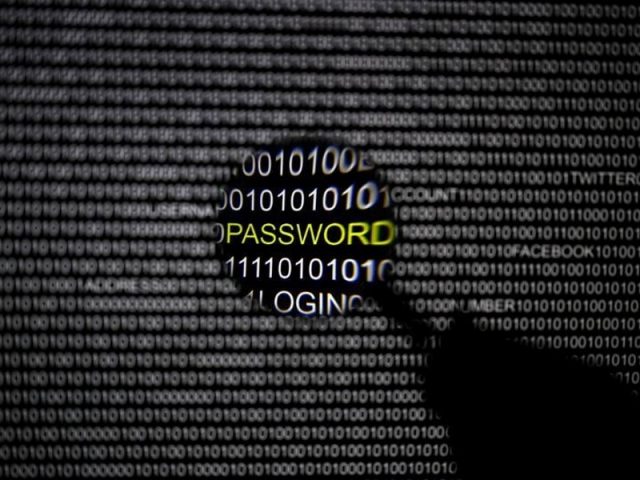Database is Uncovered, Voter Data Leaked
The information at stake was owned by voter data broker L2, which apparently sold the information to an anonymous, US-based company.
L2 cast the blame for this data leak on this undisclosed company, claiming that it inadvertently left the information unprotected in a Google cloud account.
Vickery, a security researcher with MacKeeper, said that the a portion of the data, 22.5 million records, was modified to supplement additional information that extended beyond what L2 offers its clients.
L2 limits the information it provides to some basic identifiers such as names, home addresses, phone numbers, dates of birth and party affiliation. In contrast, the information that Vickery found in the database even provided links to individuals’ social media accounts such as Facebook, Flickr, Google Plus, LinkedIn, Twitter and YouTube.
Additionally, Vickery also discovered that he was not the first person to stumble upon the database as the server logs he reviewed indicated that multiple people had obtained access to the database before. Also, some of the IP addresses that were recorded in the server logs included addresses outside of the US, in countries such as Serbia.
This is not the first time that Vickery has found an unprotected database and, surprisingly, nor is it the largest one he has found.
In fact, Vickery discovered a database (also previously owned by another data broker) earlier this year, in February, that contained the records of 191 million voters.
However, what makes this find different from any of his previous discoveries was how information-rich the database was.
The Blockchain Provides a More Secure Democracy
This information leak has followed attempts by people trying to improve democratic integrity by integrating the immutability of blockchains into the voting booth. At the forefront of this effort is Blockchain Technologies Corp., a company that is trying to replace old proprietary voting machines with blockchain-based machines.
The machines work by adding three QR codes to the bottom of each ballot. The first code represents a blockchain address, the second one represents the ballot ID, and the final code is the election ID. The codes can then be scanned by the voting machine, which allocates a certain amount of “vote units” to the selected candidate.
 These voting machines have already been implemented by the Libertarian Party, which used them in both their Texas and New York state party elections this year.
These voting machines have already been implemented by the Libertarian Party, which used them in both their Texas and New York state party elections this year.
In Texas, the state Libertarian Party used three different blockchains to log the votes made by 250 delegates and 100 alternatives on all of the state’s nominations.
On a similar note, the blockchain was a hot topic discussed at the New York Libertarian convention as well.
While the blockchain may not be able to ultimately stop voter information from being leaked (most of this information is already public because they are held as government records), it may one day be able to replace old malfunctioning voting machines, thus making voting itself more transparent and secure.

